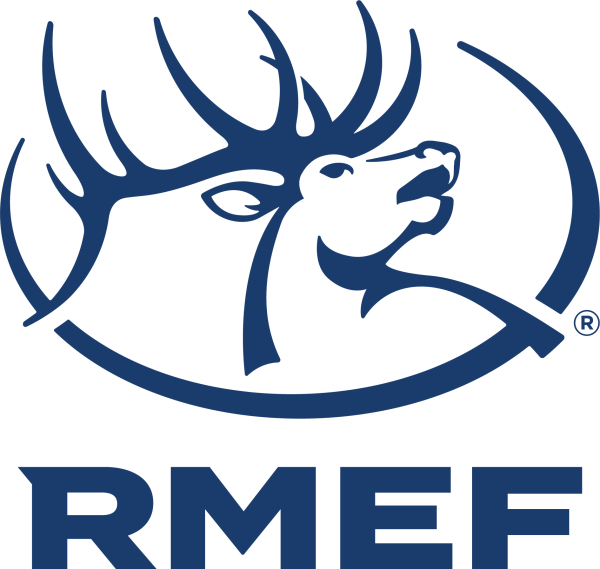Nation’s best bird hunting a Michigan treasure – GEMS help connect local business and hunters
 September brings many things, but for bird hunters, it’s the month they’ve been waiting for since last year. Sept. 15 marks the opening day of ruffed grouse season in Michigan, the time when trucks hit public land two-tracks in search of prime hunting spots.
September brings many things, but for bird hunters, it’s the month they’ve been waiting for since last year. Sept. 15 marks the opening day of ruffed grouse season in Michigan, the time when trucks hit public land two-tracks in search of prime hunting spots.
“Opening day of grouse season is a real treat – the woods are just coming alive with color, and you can smell fall in the air,” said Department of Natural Resources upland game bird specialist Al Stewart. “With woodcock season opening on Sept. 19 this year, we have two openers only a few days apart! This is going to be a really exciting fall!”
The DNR and various partners have worked together to develop and maintain Grouse Enhanced Management Sites (GEMS) to give bird hunters places to target their hunt, help other hunters give bird hunting a try, and give seasoned hunters new locations to explore. GEMS are normally remote areas and vary in size from several hundred to several thousand acres. An intensive timber harvest schedule, closely monitored by DNR staff, helps to provide great wildlife habitat, and old logging roads are converted to walking trails that offer minimal terrain challenges and provide comfort to hunters who may not be familiar with the area.
“GEMS provide a unique experience for many people, including seniors and those with mobility challenges,” said Eric Ellis, regional wildlife biologist with Ruffed Grouse Society and American Woodcock Society. “This year, we are providing financial support for the installation of kiosks at six GEMS locations. We also have successfully acquired grant funding and allocated Drummer Funds to further improve wildlife habitat at numerous GEMS locations.”
“We are proud to be part of this program, which highlights upland hunting to the nation and provides great habitat for ruffed grouse, American woodcock, and a host of other species dependent on young forests, including neotropical songbirds and white-tailed deer.”
 This fall, seven additional GEMS will be available, two in the Lower Peninsula and five in the Upper Peninsula, including two private property locations. The GEMS program originally debuted in 2014 with seven locations. Gov. Rick Snyder participated in a habitat work day at the Ralph GEMS, and the Drummond Island GEMS hosted a kickoff celebration, in 2014.
This fall, seven additional GEMS will be available, two in the Lower Peninsula and five in the Upper Peninsula, including two private property locations. The GEMS program originally debuted in 2014 with seven locations. Gov. Rick Snyder participated in a habitat work day at the Ralph GEMS, and the Drummond Island GEMS hosted a kickoff celebration, in 2014.
Upper Peninsula GEMS include:
- Blue Bill Creek (Gogebic County, Marenisco Township)
- Cedar River (Menominee County, Cedar River Township)
- Drummond Island (Chippewa County, Drummond Township)
- Gold Mine (Iron County, Iron River Township)
- Halifax (Luce County, McMillan Township)
- Hazel Swamp (Houghton County, North East Laird Township)
- Mosinee (Gogebic County, Bessemer Township)
- Ralph (Dickinson County, West Branch Township)
- South Marquette (Marquette County, Forsyth Township)
- Strickler (Mackinac County, Hudson Township)
Lower Peninsula GEMS include:
- Greasy Creek (Montmorency County, Loud Township)
- LeeGrande Ranch (Cheboygan County, Koehler Township)
- Lame Duck Foot Access Area (Gladwin County, Bourret Township)
- Little Betsie (Benzie County, Colfax Township)
Information stations will be located at all GEMS, where hunters can find out where to park and access walking trails, learn about timber management and grouse and woodcock habitat, and discover great discounts that local businesses offer to hunters.
“We see hunters from all over the United States making their way to northern Michigan to hunt birds,” said Stewart. “All of those hunters provide a great boom to local communities in the fall – they’ll need supplies, food, gas and lodging.”
To see examples of the discounts local businesses are offering GEMS hunters and maps of individual GEMS locations, visit the GEMS website.






